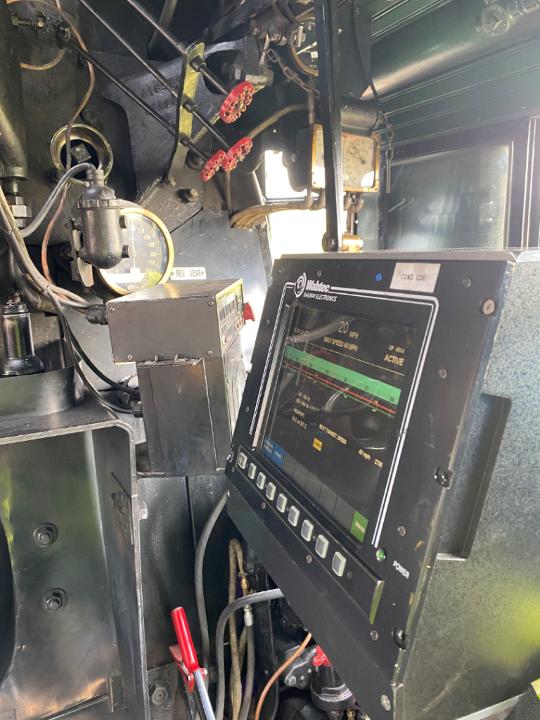In the United States that is not true. The airspace above your private property is only sorta yours. You are entitled to do whatever you like with the airspace however you do not have the right to dictate what can fly through your airspace.
Since drones are classified as aircraft by the FAA they are entitled to transit the navigable airspace just as a manned airplane might [1]
Navigable airspace is defined in ‘public law 85-726 -AUG. 23, 1968’
“Navigable airspace” means airspace above the minimum altitudes of flight prescribed by regulations issued under this Act, and shall include airspace needed to insure safety in take-off and landing of aircraft.














That site is full of false claims with zero sources to back up those claims which is pretty funny seeing as that article is claiming to be written by a retired corporate attorney. The site is also chocked full of SEO tricks which is possible why it was the first result that came up for you. For example on 5. the word drone is stealthily a link to another irrelevant article about drone deliveries on a different as sketchy site. Link hiding is a well known trick to gain the system and bump up your page.